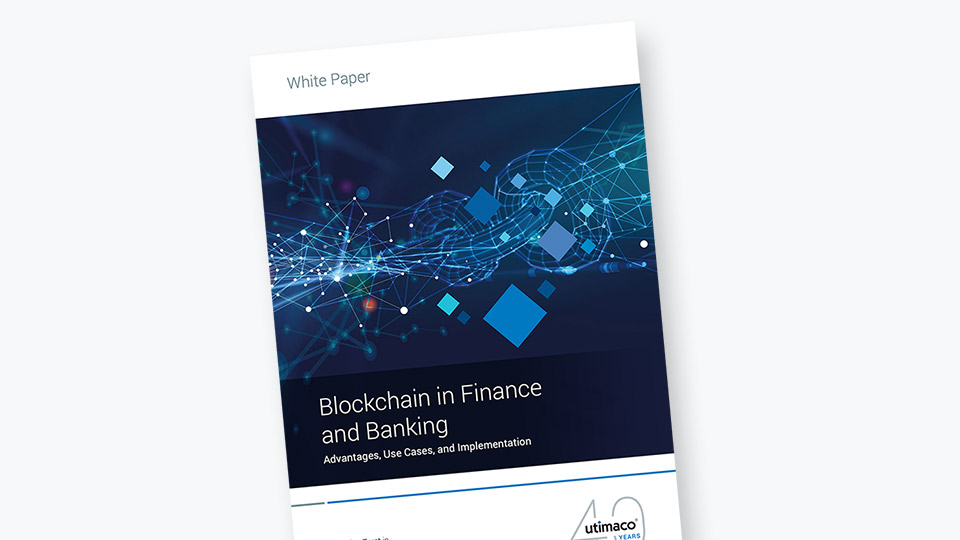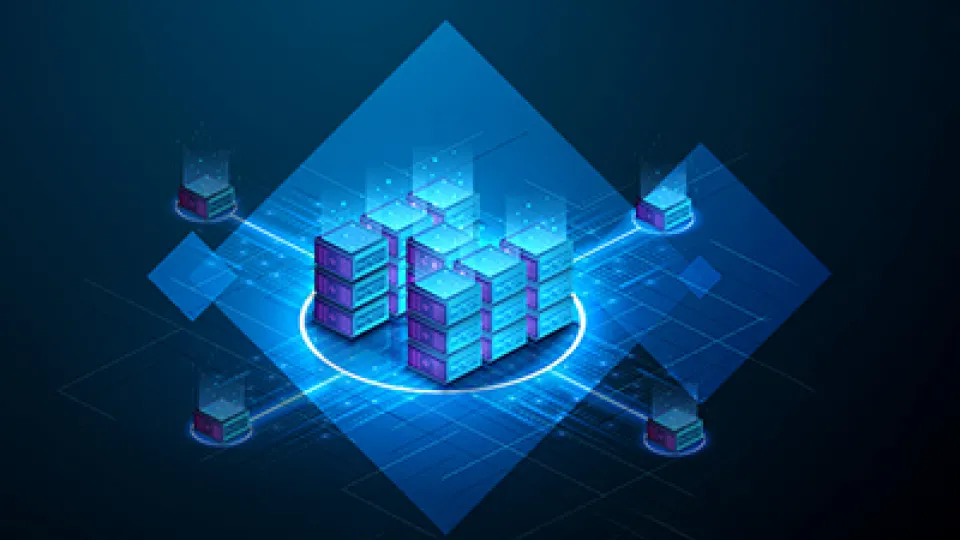Definition: A blockchain is decentralized, immutable ledger of transactions that is duplicated and distributed across the blockchain's entire network of computer systems and participants, where up-to-date information is available to all participants at the same time. This growing list of ordered records,known as ‘blocks’, are securely linked together via cryptography. It is used to record transactions that are resistant to any modification.
Blockchain explained
Blockchain is a system of recording information in a way that makes it difficult or impossible to change, hack, or cheat the system.
A blockchain is primarily a digital log of transactions that is duplicated and distributed across the blockchain's extensive network of computer systems. Each block in the chain comprises a number of transactions, and whenever a new transaction occurs on the blockchain, a record of that transaction is recorded in every participant's ledger. Blocks and the information within them must be verified by the network before new blocks can be created.
Distributed Ledger Technology (DLT) refers to a decentralized database that is administered by multiple participants. Blockchain is a type of DLT where transactions are recorded with an immutable cryptographic signature known as a hash. The core element of any decentralized ledger is a blockchain node. Because of this, understanding blockchain nodes is essential whether you integrate your business on a blockchain or work with a business that uses this technology.
Immutable and distributed are two fundamental blockchain properties:
- The immutability of the ledger means you can always trust it to be accurate
- Being distributed protects the blockchain from network attacks.
As a result, this means if one block in the chain was changed, it would become apparent that this block had been tampered with. Therefore, if a hacker attempted to compromise a blockchain system, every block in the chain, across all distributed versions of the chain, would need to be changed. These blocks are linked using cryptography. Each block contains a cryptographic hash of the previous block, a timestamp, and transaction data.
A blockchain database must, first and foremost, be cryptographically secure. Therefore, two cryptographic keys are required in order to access or contribute data to the database: a public key, which is essentially the database address, and a private key, which is a unique key that must be authenticated by the network.
Blockchain is a technological stack with 'digital trust' that is transforming the way we exchange value and information across the internet by removing the 'gatekeepers' from the process. With the use of blockchain, data and transactions can be permanently, irreversibly, and transparently recorded. The ability to exchange anything with value, whether it be a physical item or something less tangible, is made possible.
Blockchains such as Bitcoin and Ethereum are well-known examples. Anyone can connect to the blockchain and conduct transactions on them.















